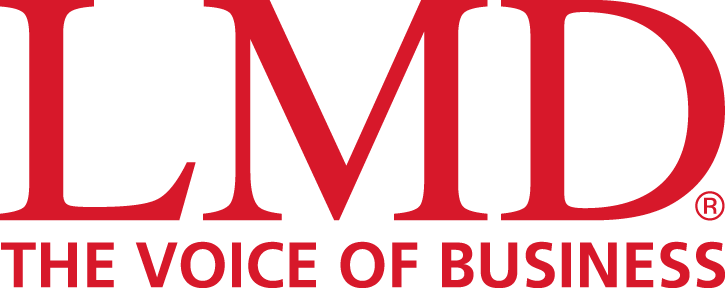CORPORATE COMMUNICATIONS
Compiled by Tamara Rebeira
SHIELDING A STRATEGIC ASSET
Zahrah Cader elaborates on how communications teams can work in tandem

Q: What core principles should guide organisations in crafting a legal strategy that ensures full compliance without stifling business growth?
A: A sound legal strategy must be rooted in proactivity, clarity and commercial empathy.
Compliance should never be viewed as a barrier to growth but a strategic enabler. Legal serves as the guardrails and guidance of the business, and it must always facilitate compliance across the organisation and integrate it to commercial operations as a way of life.
By embedding legal foresight into business planning, organisations can anticipate risks, streamline operations and unlock opportunities. The key is to move towards anticipating challenges and preparing a business for the worst. The way to get ahead is by having the legal team involved early in decision making, which will help shape solutions that are both compliant and commercially viable.
Q: How important is it for organisations to balance protecting themselves legally with preserving their reputation and trustworthiness?
A: Reputation is a strategic asset and legal protection is its shield – the two must work in tandem. In today’s hyper transparent world, legal missteps can quickly become reputational crises.
Organisations must adopt a principled approach – one that upholds both the letter and spirit of the law, while demonstrating exemplary and ethical leadership.
Trust is earned not only through compliance but by means of consistency, transparency and accountability. Preserving the reputation of an organisation is not a ‘nice to have’ but a ‘must have.’
Consumers, shareholders and the wider community place their trust in a business, so protecting that and the integrity of the organisation is the paramount responsibility of the legal division.
Q: How important is it to foster alignment and collaboration between the legal and corporate communications teams to ensure a unified strategy during decision making?
A: Alignment between legal and communications is critical; the two teams must operate as one unit. This evidences the importance that should be placed on ensuring that the two parts work in tandem.
The teams collaborate effectively and ensure that all information shared with the public is accurate, contains the right level of detail and most importantly, serves the purpose of making sure that we reflect the core identity of the business.
As an added advantage, this level of collaboration also facilitates diverse career progression options for employees. Lawyers are trained to be commercial individuals while communications experts are trained to communicate with precision and accuracy, delivering growth and development on the job for everyone.
Q: And how can organisations ensure consistency of core messages while tailoring communications to different audiences – particularly when dealing with sensitive or legally complex topics?
A: Consistency doesn’t mean uniformity – it means coherence. Organisations must define their core values and what they stand for. From that point on, every action of that organisation must reflect these values. This should be the case not only externally but internally too.
A communications team has the power to shape the mindset of the entire organisation and change how employees show up to work. This responsibility must be taken very seriously.
When dealing with sensitive or complex topics, clarity is paramount: the goal is to maintain a single source of truth that is delivered in ways that resonate with audiences – be it external or internal.
Q: What role does the leadership team play in embedding legal and ethical awareness into an organisation’s DNA?
A: Leadership sets the tone. When leaders visibly champion legal and ethical standards, it cascades through the organisation. This isn’t only about compliance training; it’s about culture building as well.
Moreover, organisations must believe in walking the talk and representing the behaviours it wants its employees to embody.
Q: How should organisations strike the right balance in a crisis – i.e. addressing public concerns promptly and honestly while also protecting the company’s legal interests?
A: In a crisis, both speed and accuracy are essential. This is where the legal and communications teams work hand in glove.
Organisations must ensure that responses are based on facts, and are empathetic and forward-looking. The best crisis strategies demonstrate accountability, outline corrective actions and reaffirm the organisation’s values.
Q: How do you view emerging technologies shaping the future of legal strategy and corporate communications in your industry?
A: Every organisation is working to integrate AI into how they operate.
The caution should be not to adopt it to be on trend or attract Gen Z; it must optimise the way we operate, create time for employees to focus on other things and most importantly, ensure safety and security of information.
It is also critical that organisations ensure that platforms are user friendly and provide people the comfort that makes life easier for them. AI is a fantastic way to institutionalise knowledge and ensure that employees have access to information to deliver their best work.





